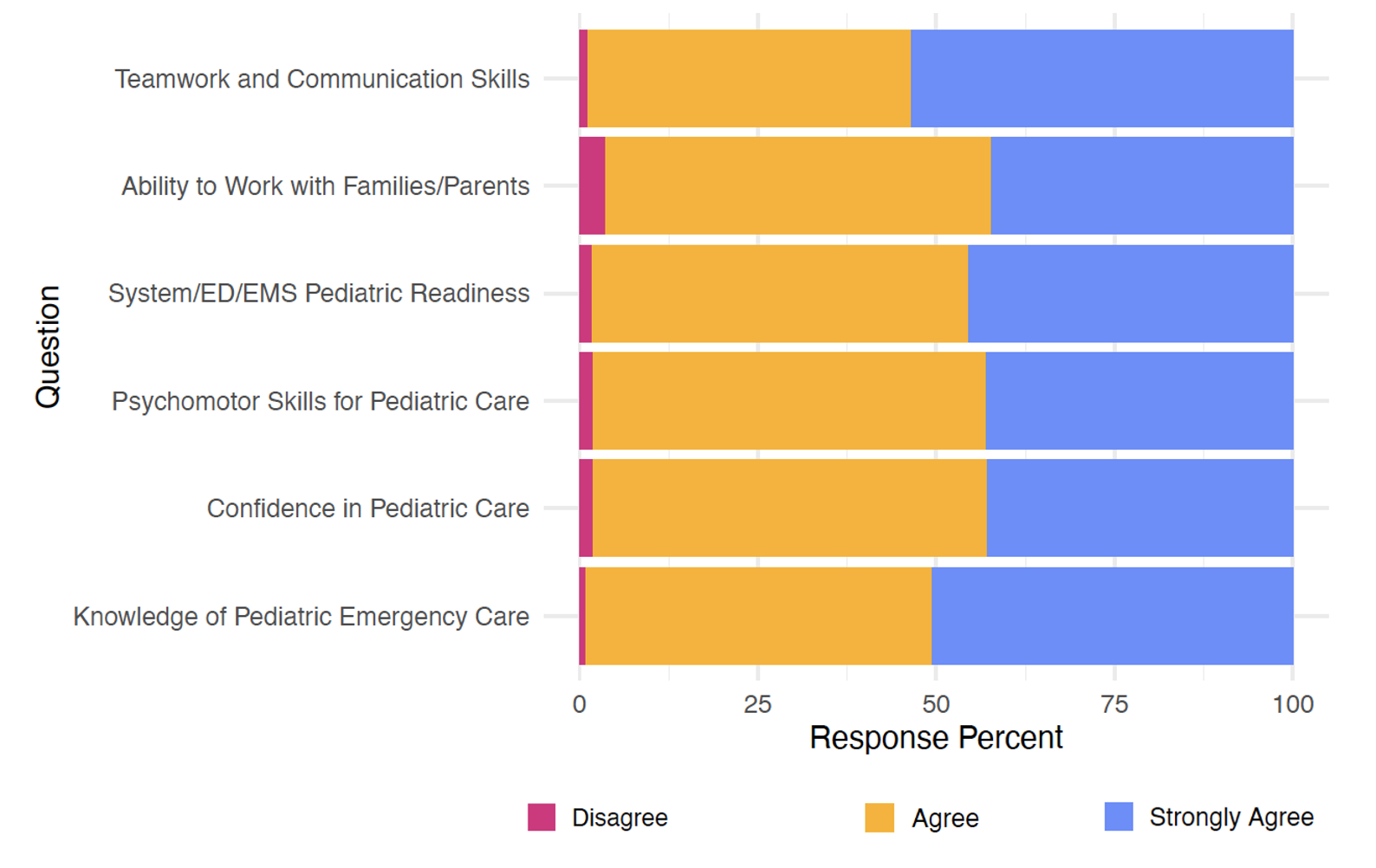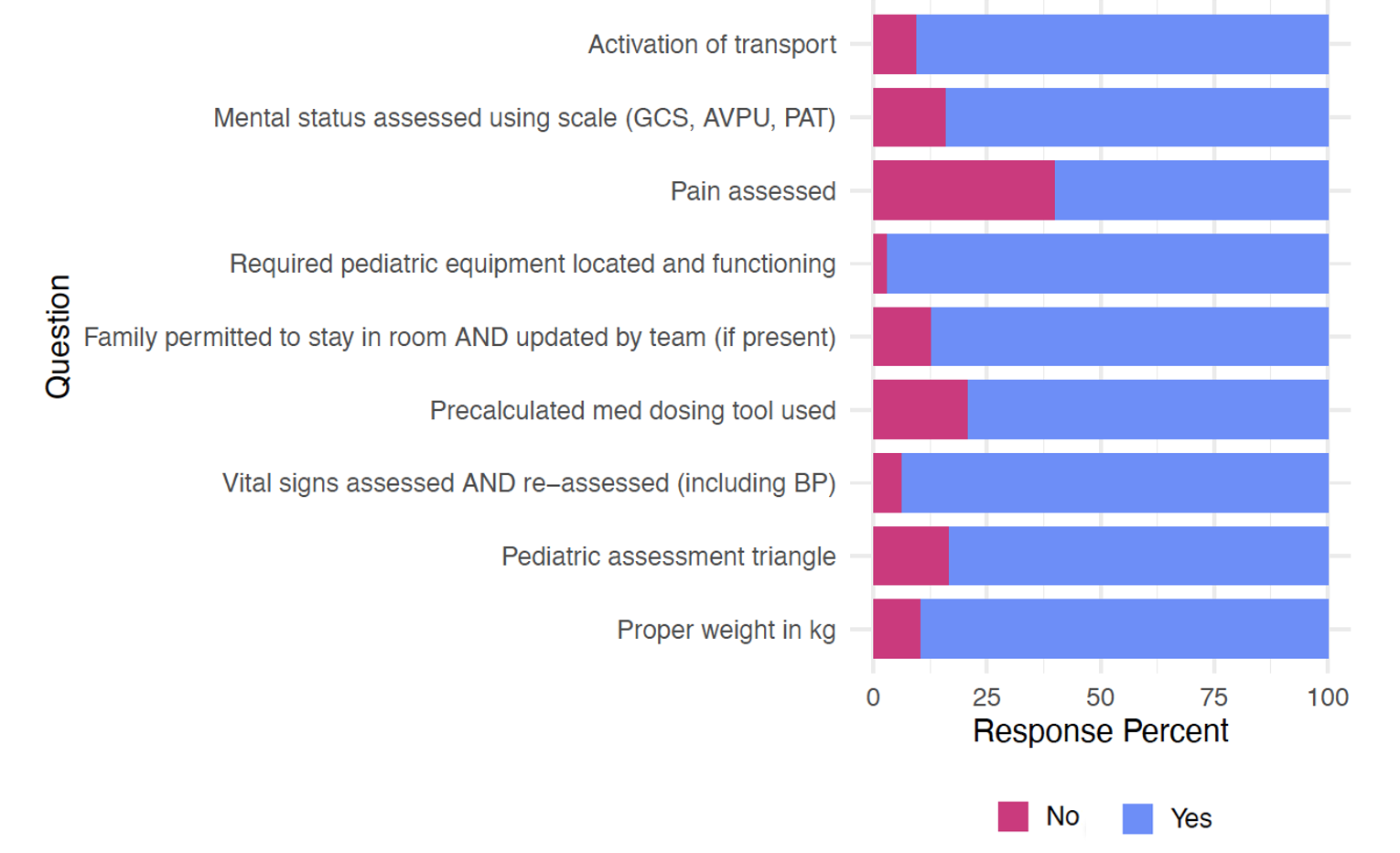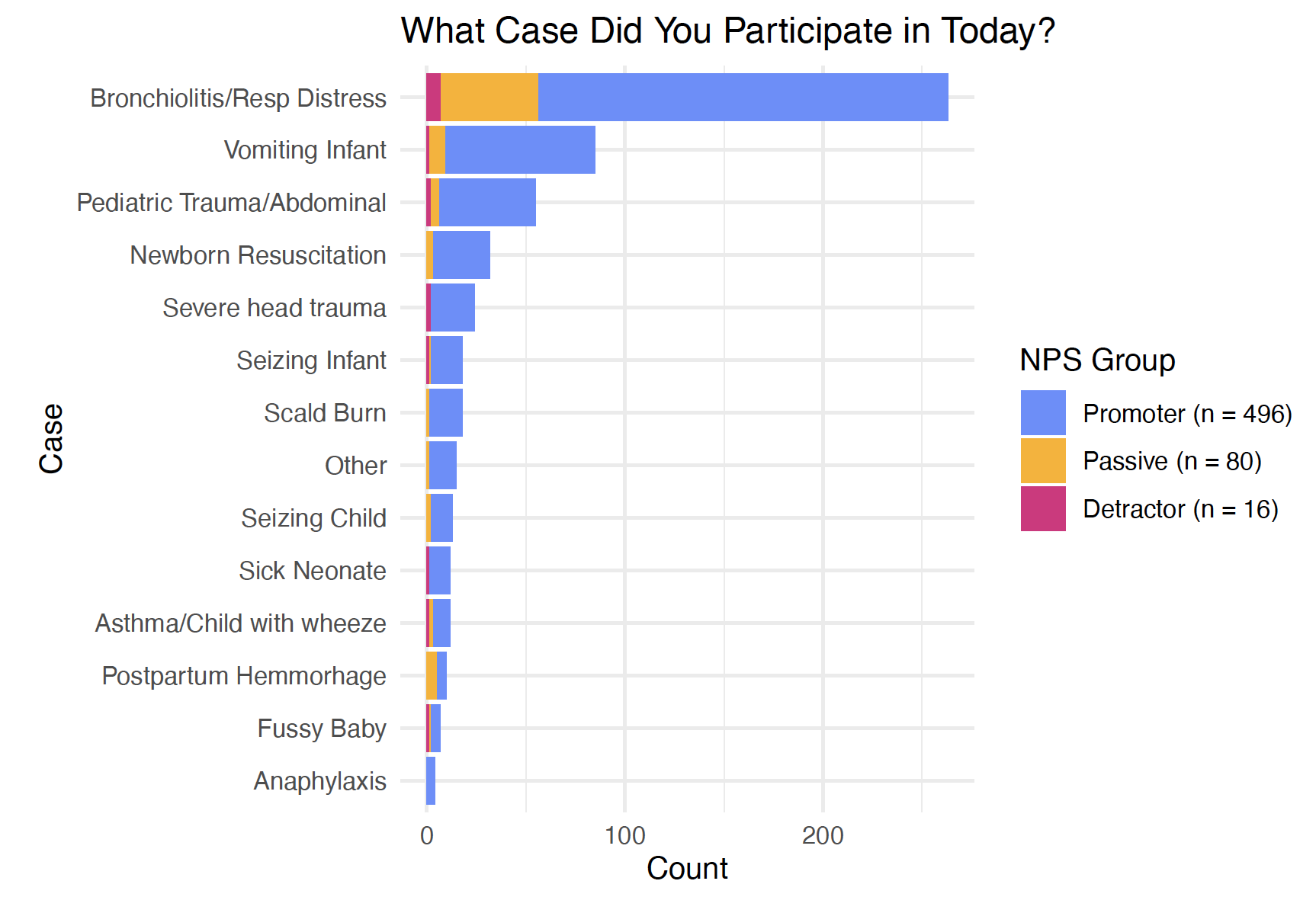Medical Education 3: Simulation
Session: Medical Education 3: Simulation
203 - Educational Experiences and Simulated Clinical Performance in General Emergency Departments using SimBox
Saturday, April 26, 2025
2:30pm - 4:45pm HST
Publication Number: 203.4735
Sofia Grigoria Athanasopoulou, Yale School of Medicine, New Haven, CT, United States; Camilia Brandt, Improving Pediatric Acute Care Through Simulation, Fenton, MI, United States; Sally K.. Snow, self employed, Graham, TX, United States; Becca Mielke, Dell Children's Medical Center of Central Texas, Round Rock, TX, United States; Erin Montgomery, Indiana University School of Medicine, Indianapolis, IN, United States; Benjamin Michaels, Improving Pediatric Acute Care Through Simulation (ImPACTS), Guilderland, NY, United States; Cage T. Cochran, Yale School of Medicine, New Haven, CT, United States; Elizabeth Sanseau, Children's Hospital of Philadelphia, Philadelphia, PA, United States; Maybelle Kou, University of Virginia, Falls Church, VA, United States; Marc Auerbach, Yale School of Medicine, new haven, CT, United States

Sofia Grigoria Athanasopoulou, MD (she/her/hers)
Fellow in Pediatric Emergency Medicine
Yale School of Medicine
Yale School of Medicine
New Haven, Connecticut, United States
Presenting Author(s)
Background: More than 80% of children receive initial care in general Emergency Departments (EDs), and 43% live more than 30 miles from a pediatric trauma center. Disparities in care exist between children treated in general EDs compared with specialized children’s hospital EDs. Conducting pediatric simulations in general EDs may improve pediatric care. However, general EDs have limited access to pediatric simulation due to cost of equipment/technology and availability of subject matter experts.
Objective: To assess the educational experience and simulated clinical performance of general ED providers using SimBox.
Design/Methods: SimBox is an "off-the-shelf," free, open-access, simulation-based resource that includes facilitator training resources, interactive videos, and debriefing guides for 15 clinical topics. In this prospective cohort study, Pediatric Emergency Care Coordinators (PECCs) across general EDs in the US were trained and then facilitated pediatric simulations using SimBox. Learner and facilitator demographic, clinical performance, and self-reported knowledge, skills and attitudes data were collected using retrospective surveys.
Results: 129 simulation facilitators and 568 learners completed the surveys between November 2023 and November 2024. The majority of facilitators (79.8%, 103/129) and learners (79%, 450/568) were nurses. 45% (253/568) of the learners took care of one to five critically ill children in the month prior to the simulation, and 43% (245/568) took care of none. Figures 1 and 2 summarize the learners’ reported self-efficacy after the simulation, and the teams’ simulated clinical performance, respectively. In terms of teamwork, 91.1% (112/123) of the teams used closed loop communication, 88.6% (109/123) had clear roles assigned, and 92.9% (114/123) demonstrated effective handoff. The most frequently conducted SimBox cases were bronchiolitis, non-accidental trauma, abdominal trauma, and neonatal resuscitation (figure 3). The cumulative Net Promoter Score (promoters – detractors) for all groups on all cases (n=592) was 81.1% (considered “excellent”).
Conclusion(s): SimBox simulations were associated with improved self-reported pediatric knowledge, skills and attitudes in this large, predominantly nursing cohort who infrequently cares for critically ill children. SimBox represents a feasible strategy to assess clinical and teamwork performance and may be used in general EDs to provide pediatric-specific education.
Figure 1. Learners’ reported self-efficacy after the simulation (n=568)
 Participants were asked to use a three-point scale (disagree, agree, strongly agree) to share their agreement with the statement: “This session improved my…”
Participants were asked to use a three-point scale (disagree, agree, strongly agree) to share their agreement with the statement: “This session improved my…”Figure 2. Team’s simulated clinical performance
 Simulation facilitators (n=129) were asked if their team of learners performed the actions listed on the figure.
Simulation facilitators (n=129) were asked if their team of learners performed the actions listed on the figure. SimBox Cases and respective Net Promoter Scores (NPS)
 Learners (n=568) were asked which case they participated in, as well as how likely they were to recommend the simulation to a colleague on a scale of 0=not at all likely to 10= extremely likely. Responses of 0-6 were considered “detractors”, 7 and 8 “passive”, and 9 and 10 “promoters”.
Learners (n=568) were asked which case they participated in, as well as how likely they were to recommend the simulation to a colleague on a scale of 0=not at all likely to 10= extremely likely. Responses of 0-6 were considered “detractors”, 7 and 8 “passive”, and 9 and 10 “promoters”. 
